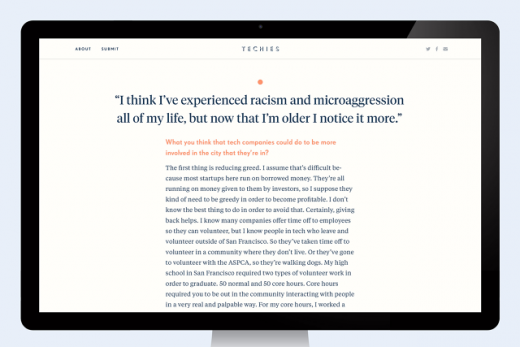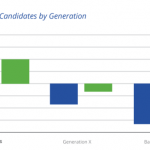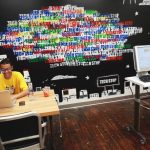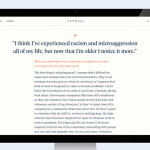one hundred portraits That tell The tales of people Underrepresented In Tech
“I used to be born in Thailand in 1980 in a refugee camp near the border of Thailand and Cambodia.”
“i am a 1/2 Puerto Rican trans girl.”
“I’m a Canadian queer artist/activist who went back to school at 30.”

When most of the people conjure a imaginative and prescient of “techies,” it does no longer embody stories that start like these. Photographer Helena value borrowed the loaded, relatively derogatory time period for an art venture that highlights a hundred designers, engineers, and product managers—including these quoted above—who don’t match into the stereotypical tech mold. Techies, a group of images and interviews that value published as of late, objectives to tell an oral historical past of the tech business from the viewpoint of people who find themselves underrepresented within it. “For people who are outside of the industry looking in, i want them to grasp that there are people who come from difficulty; they aren’t all Ivy League rich young boys,” she says, “It’s a mix of people who are right here, they usually’re enthusiastic about constructing stuff.” For others who work in tech, she says, “if you come to a decision that diversity is vital, listed here are the issues that you need to learn about and clear up for.”

Over the previous few years, technology firms have publicly stated their problems with inclusivity by publishing the demographic data about their workforces. They showed that African americans and Hispanics made up simply 5% of the team of workers at top tech companies in 2014, when put next with 14% nationally. women had been underrepresented at each degree.
value, who has labored in tech for six years, first as a head of communications and at present as a commercial photographer, needed to add qualitative experiences to this data by means of telling the story of tech from the viewpoint of its underrepresented teams.

She began through posting a Medium post calling for topics. “I want to comprehend your triumphs and accomplishments as well as struggles and hardships,” it mentioned. “I want to know how you made it to Silicon Valley and joined tech within the first location. I want to understand how laborious it was once for you to get here and why you stay. I want to comprehend what you’re proudest of and the setbacks you concern you’ll never overcome.” within two weeks, she had 500 purposes, which she whittled right down to a hundred.
Like a lot of her subjects, value has experienced the obstacles that include being an strange demographic within the tech industry. “I felt that isolation just as a broke white girl in tech,” she says, “I couldn’t imagine what other people were feeling.” the subjects of her interviews vary from well-known entrepreneurs (including Kleiner Perkins accomplice John Maeda, Walker & company CEO and founder Tristan Walker, and Gigaom founder Om Malik) to people who find themselves simply starting their careers in tech. worth photographed every in her condominium studio, with a intention of making each and every portrait as stylish and personal as conceivable. “i wanted it to really feel very un-techie,” she says.
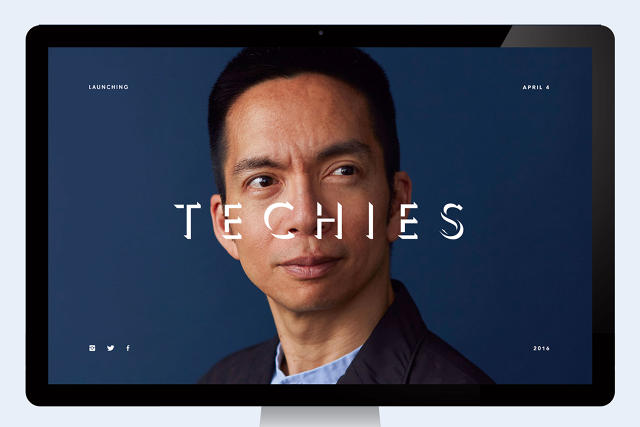
Techies’s interviews observe a common line of questioning about how topics obtained began in tech, what they’ve complete, and the limitations they’ve faced. The methods through which their perspectives diverge from what’s considered a stereotypical techie narrative inevitably insert themselves. “We survived on very little— $24K a yr of government help, which my mother miraculously made work by some means,” says Chanpory Rith, the cofounder of Mixmax, a startup that provides tracking and other enhancements to e mail. “this present day, I hear complaints about how small the apartments are in SF and the way making $175K/yr isn’t sufficient.” different interviews bring what it’s like, for instance, to be a 55-year-outdated working in an industry about which a 22-yr-previous Mark Zuckerberg once famously said that “youthful people are simply smarter”; or someone who grew up in poverty and now works in an trade where bonuses often eclipse poverty-line salary; or a transgender girl on the lookout for a job as an engineer for the primary time when you consider that providing queer. “It’s lovely straightforward to sabotage someone in the interview process if you wish to,” says February Keeney, an engineering manager at Github. “and i’m sure any individual with a non-privileged background faces these exact same kind of issues the place all it takes is, ‘I don’t assume they’re a just right match,’ or, ‘Nah, they made me more or less uncomfortable,’ or, ‘I actually didn’t like the best way they answered this one thing’…I’ve had to research lots about this privilege factor, and the way a lot I had, and the way much I’ve misplaced.”
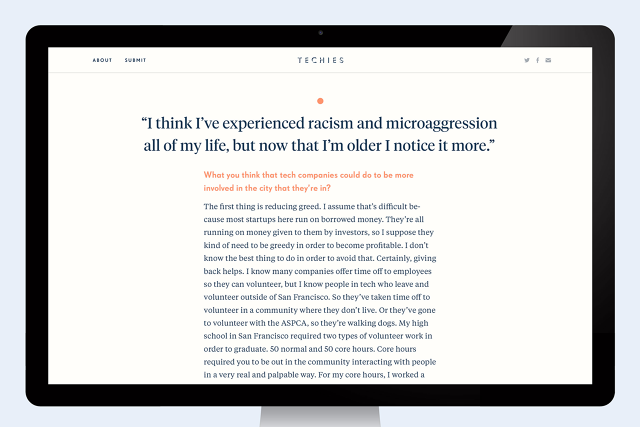
a lot of value’s subjects have an advanced relationship with the technology industry. they are keen about what they do, but have also experienced a sense of “otherness” all over their careers.
Filters like “girls,” “incapacity,” “developer,” and “VC” are partly a play on the diversity numbers technology firms report as percentages—there are one hundred profiles, finally—but they may be also practical. worth imagines how any individual who is discouraged to begin a career in tech because they don’t see any person in the business who looks as if them may use the site. “I want to say ‘no, here are a ton of them,'” she says. “There’s a spot for you here.”
related: start Fixing Tech’s diversity drawback
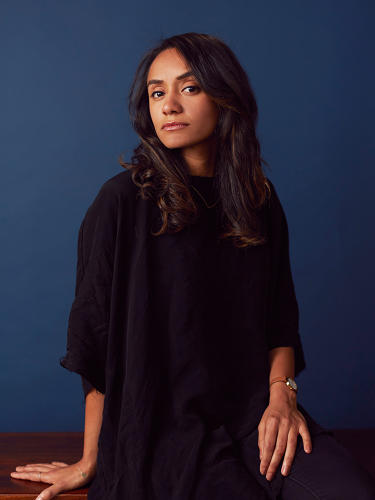
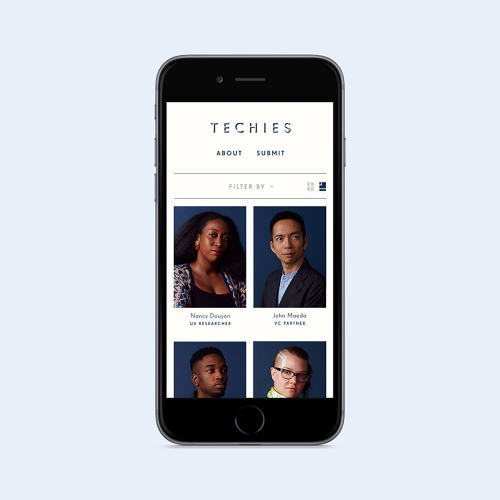
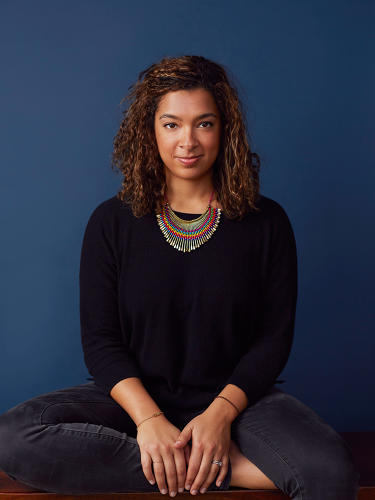
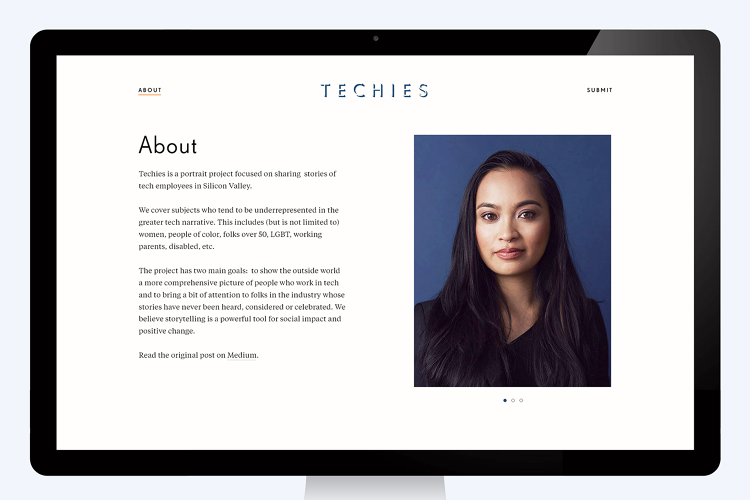
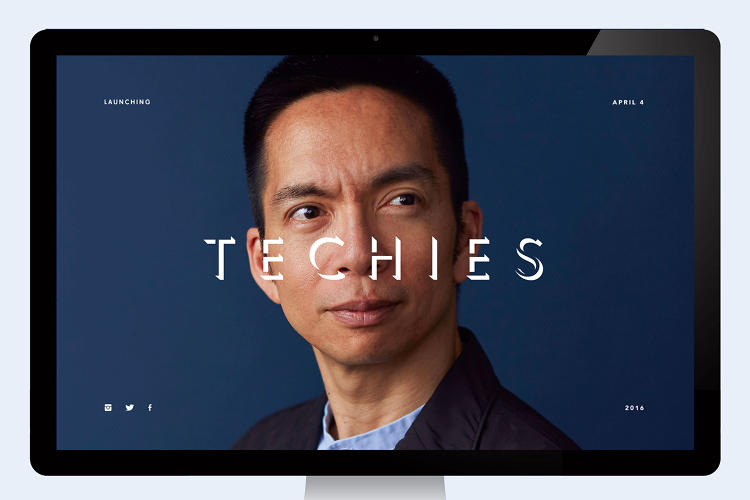
<img alt="
The photographer Helena price” src=”http://c.fastcompany.internet/multisite_files/fastcompany/imagecache/slideshow_large/slideshow/2016/04/3058519-slide-s-10-a hundred-techie-photos-portray-what-its-like-to-be-underrepresented.jpg”>
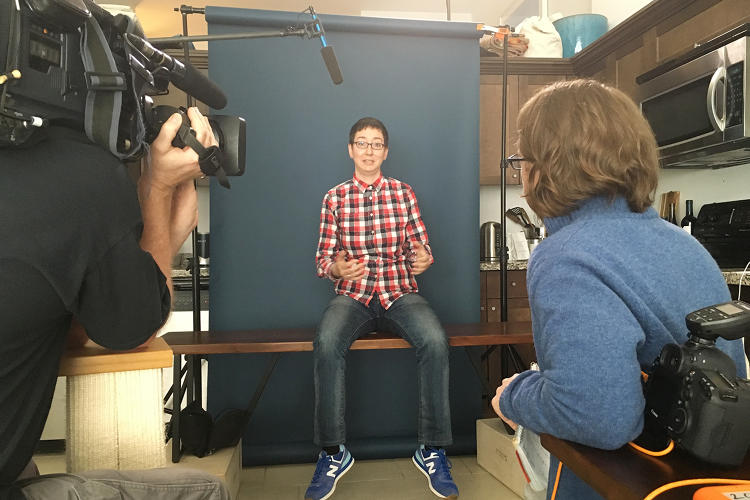




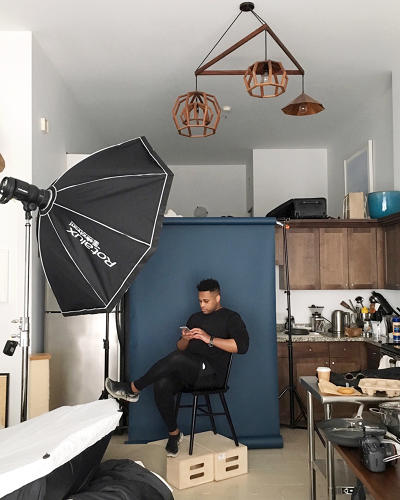
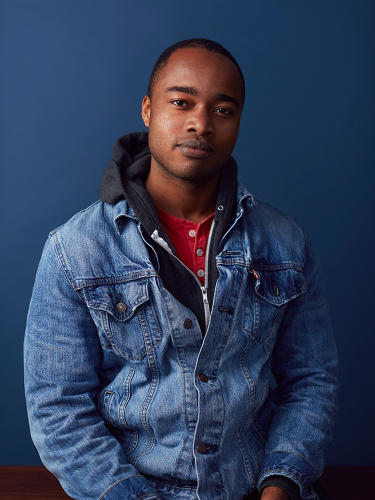
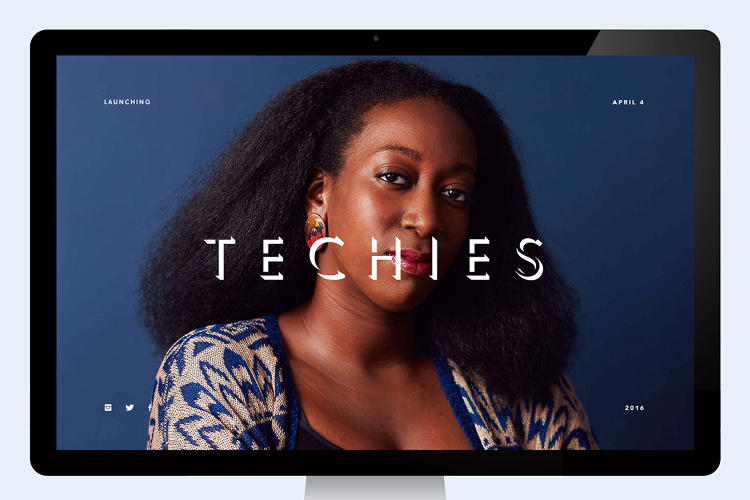
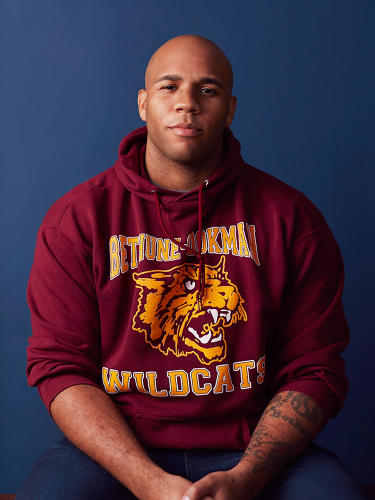
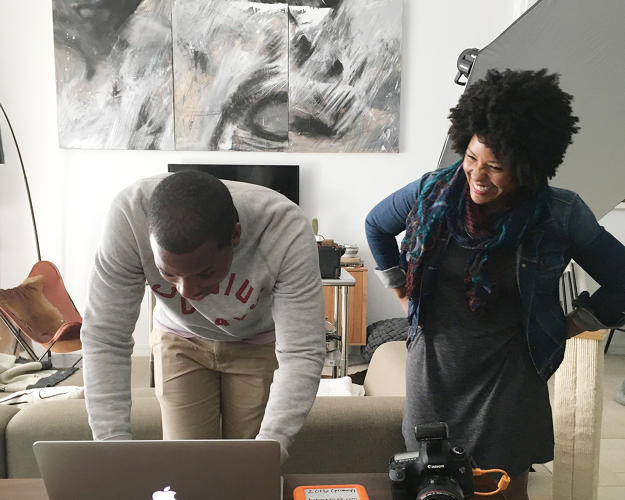
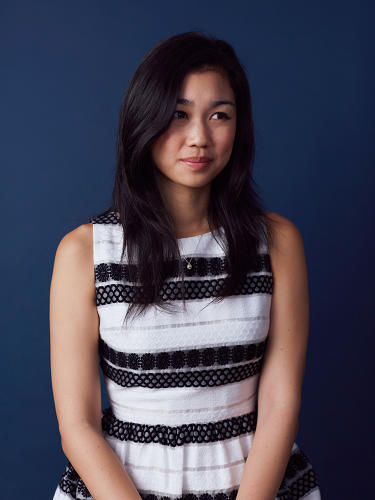
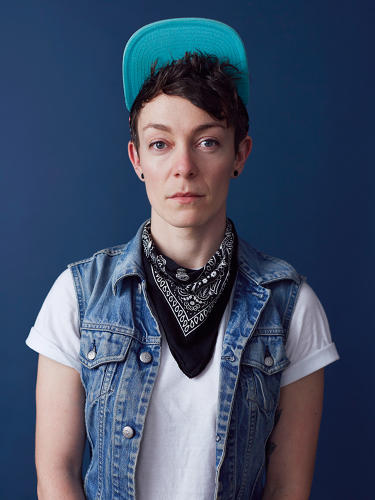

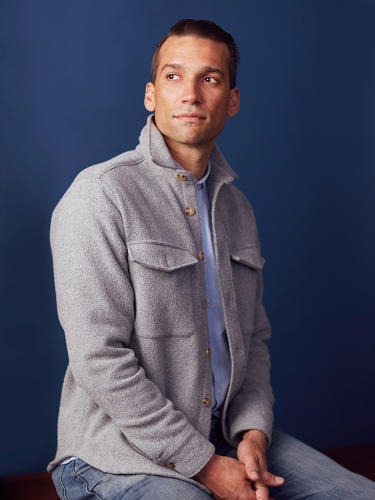
(13)

